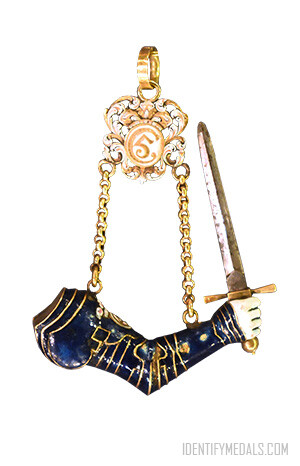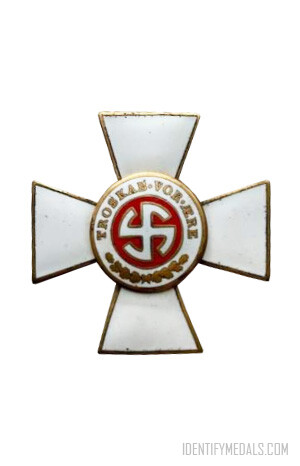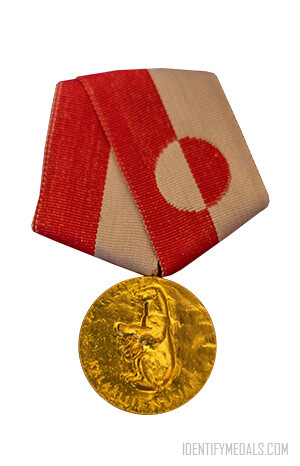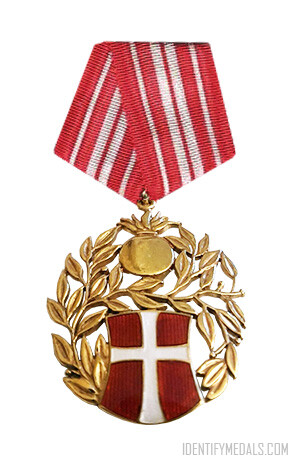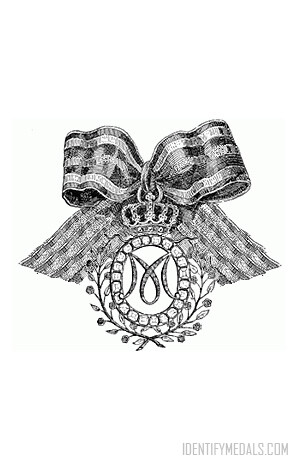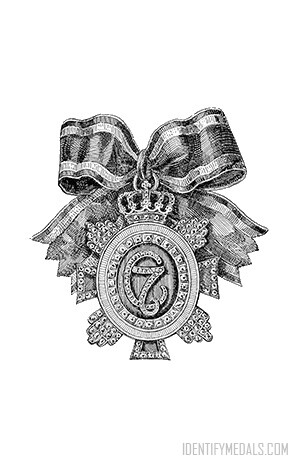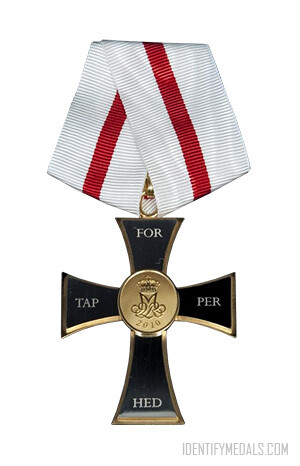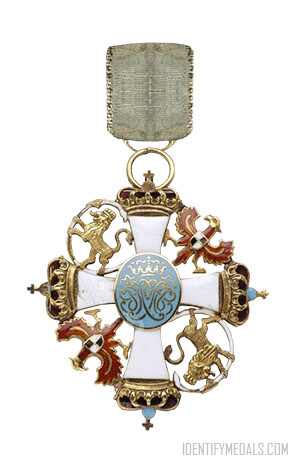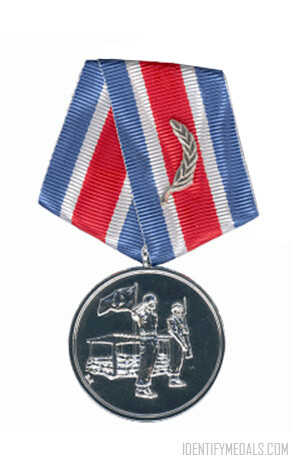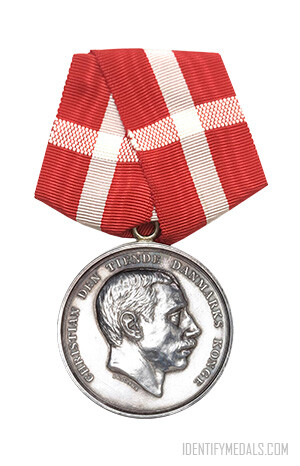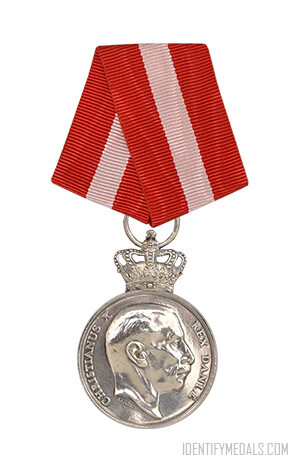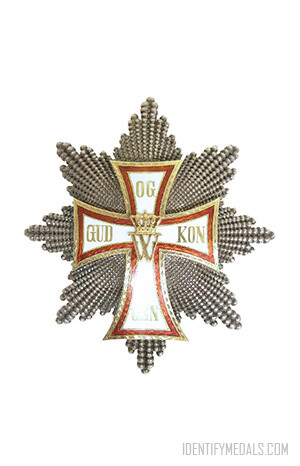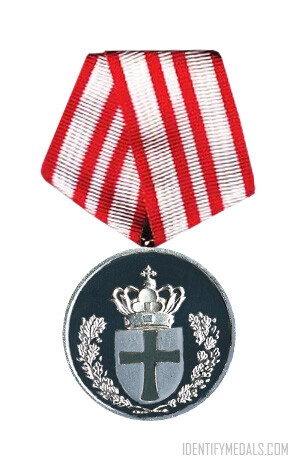The Danish Order of the Armed Arm (or den Væbnede Arms Orden in Danish) was a chivalric order established by Christian IV of Denmark in 1616, with the knighting of twelve noblemen.
It was created to honor those who had distinguished themselves in the Kalmar War and was first and only bestowed on 2 December 1616 during celebrations in Kolding for the enfeoffment of Slesvig to Frederick III, Duke of Holstein-Gottorp.
The order was later merged with the Order of the Elephant in 1633-1634 and is considered a predecessor of the Order of the Dannebrog. The badges of the Order of the Elephant issued in 1633 were augmented on the reverse with the badge of the Order of the Armed Arm. This addition was removed in the following year’s issue. In 1634, Christian IV offered the two surviving knights, Christen Friis and Albret Skeel, the option to exchange their Armed Arm badges for the Elephant. There exists a specimen with the monogram of Christian V, indicating he considered reviving the order, but he ultimately established the Order of the Dannebrog in 1671.
The Order of the Armed Arm Design
The badge of the Order was worn around the neck on a blue ribbon and featured two chains hanging from a clasp. At the ends of the chains was a diamond-studded, armor-plated arm holding a drawn sword, earning the order the names “Order of the Drawn Sword” or “Order of the Sword.”
It bears the year 1617, marking the centenary of Martin Luther’s 95 Theses, symbolizing the struggle for Protestantism.

